Plants and flowers are among nature’s most exquisite creations, bringing color, life, and harmony to our world. From towering trees in dense forests to delicate wildflowers blooming in open fields, each plant species plays a crucial role in maintaining ecological balance. Beyond their visual beauty, plants and flowers contribute to the environment in countless ways, supporting biodiversity, purifying the air, and sustaining life on Earth.
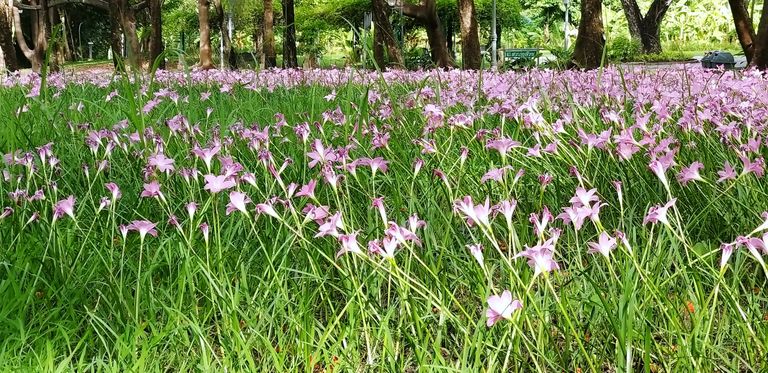
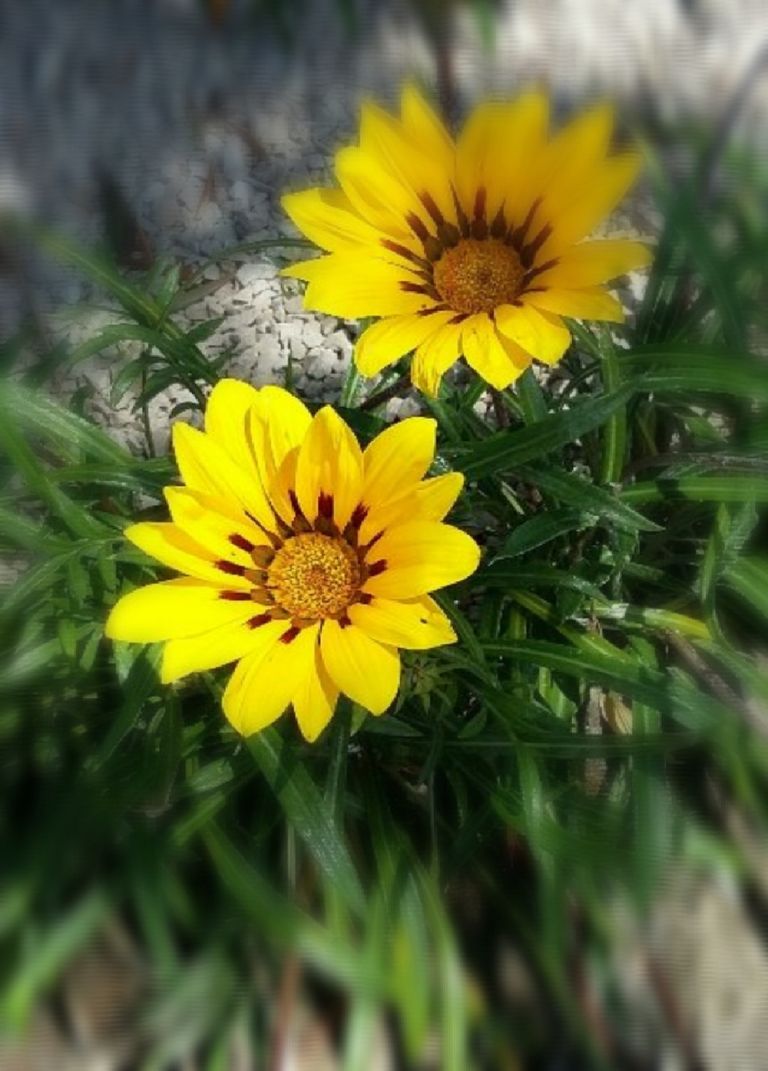
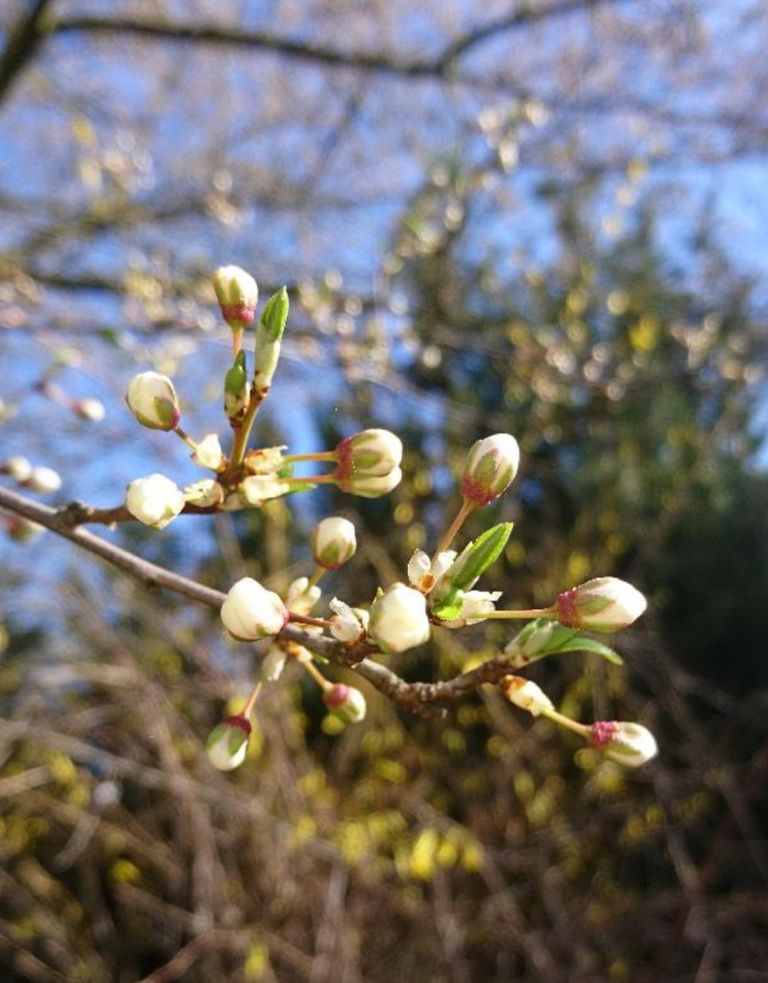
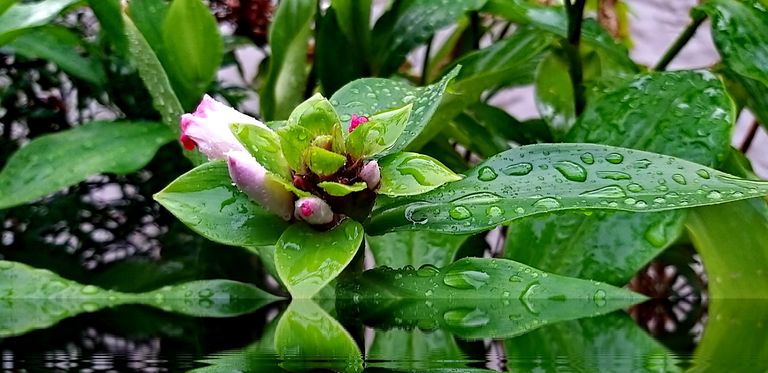
The Stunning Diversity of Plants and Flowers
The plant kingdom is a vast and diverse world, with millions of species ranging from tiny mosses to massive redwood trees. Flowers, in particular, captivate with their variety of shapes, colors, and fragrances. Orchids display intricate patterns, roses bloom in rich, velvety hues, and lotus flowers float gracefully on water surfaces. Each species is uniquely adapted to its environment, thriving in different climates and conditions.
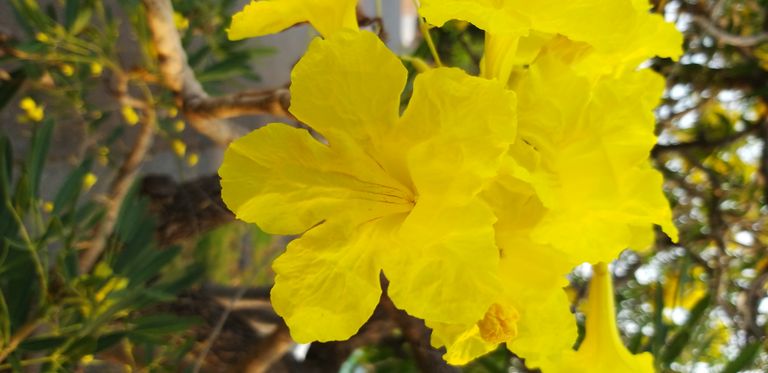
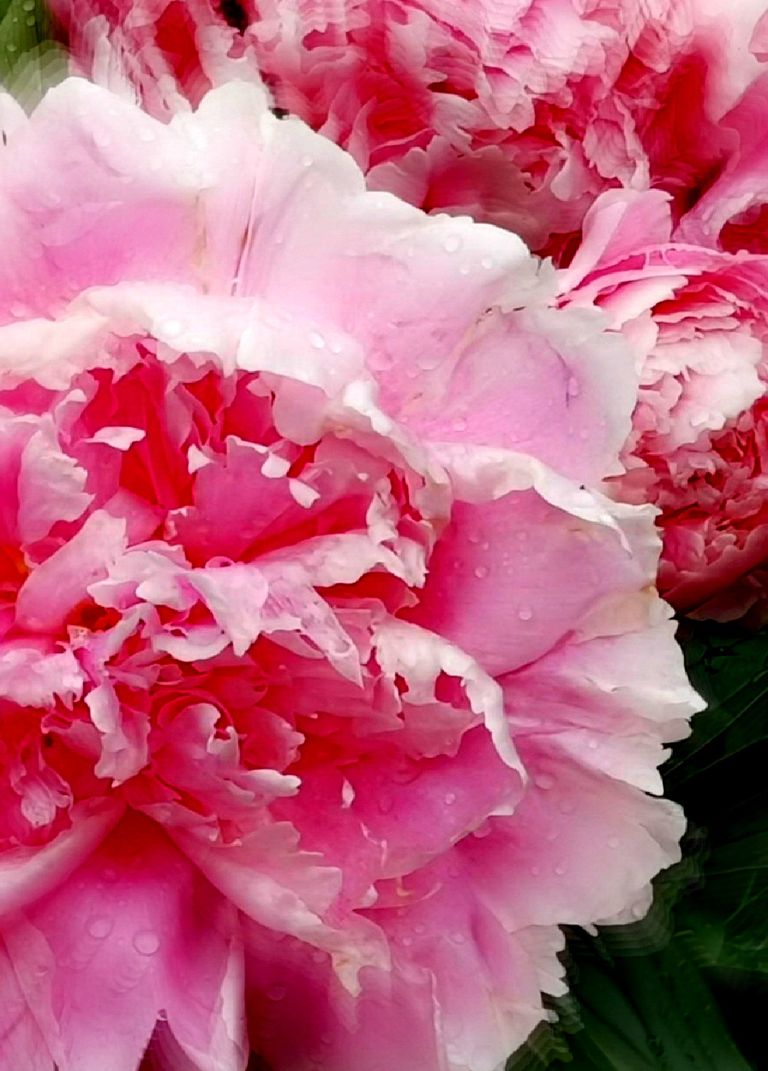

Some plants, like sunflowers, turn their heads toward the sun in a mesmerizing dance of survival. Others, like the carnivorous Venus flytrap, have evolved to capture insects for nutrients. The sheer adaptability and beauty of plant life make it one of the most fascinating aspects of nature.
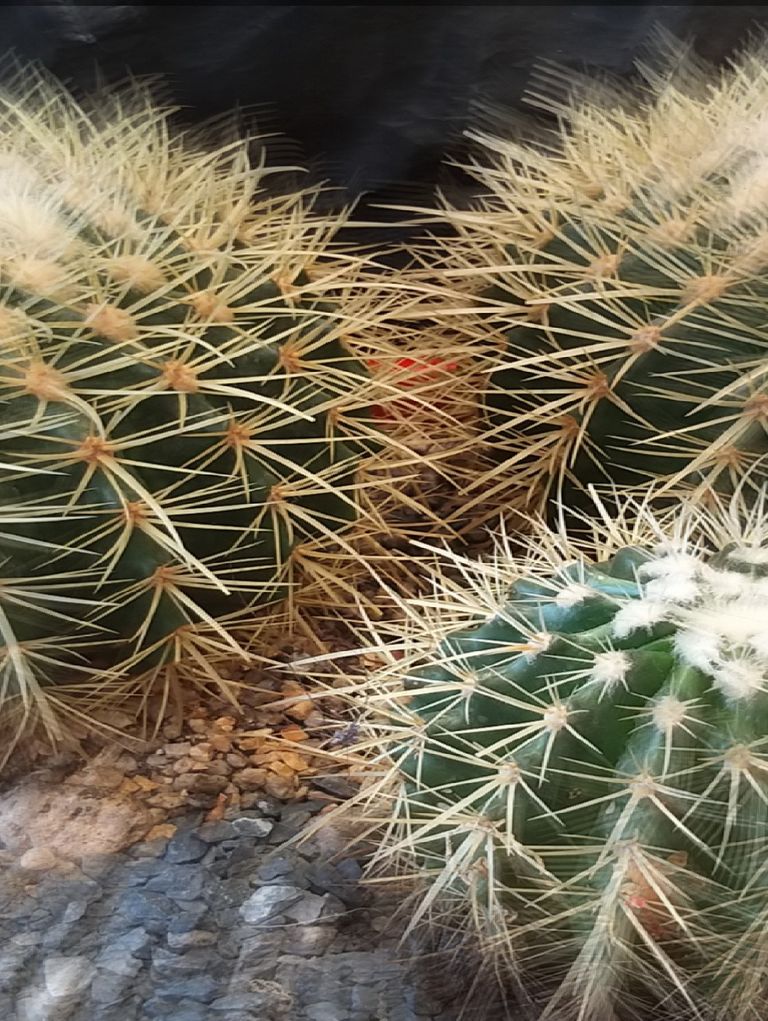
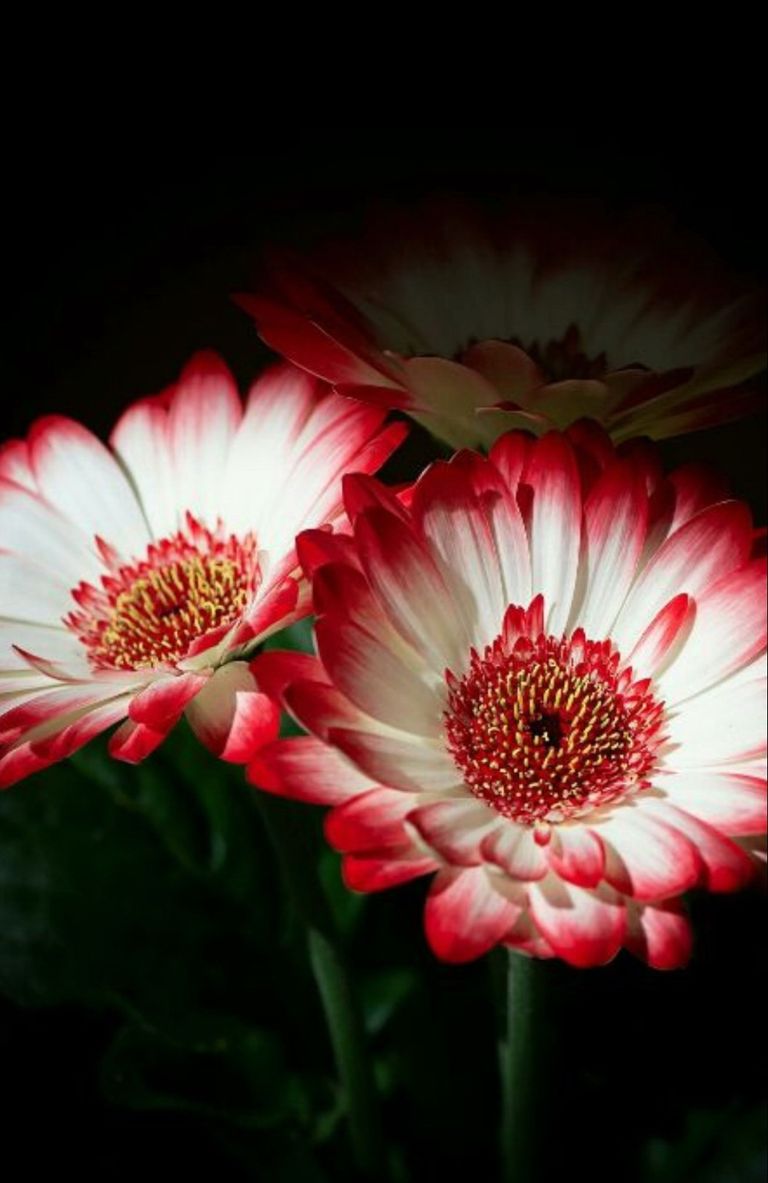
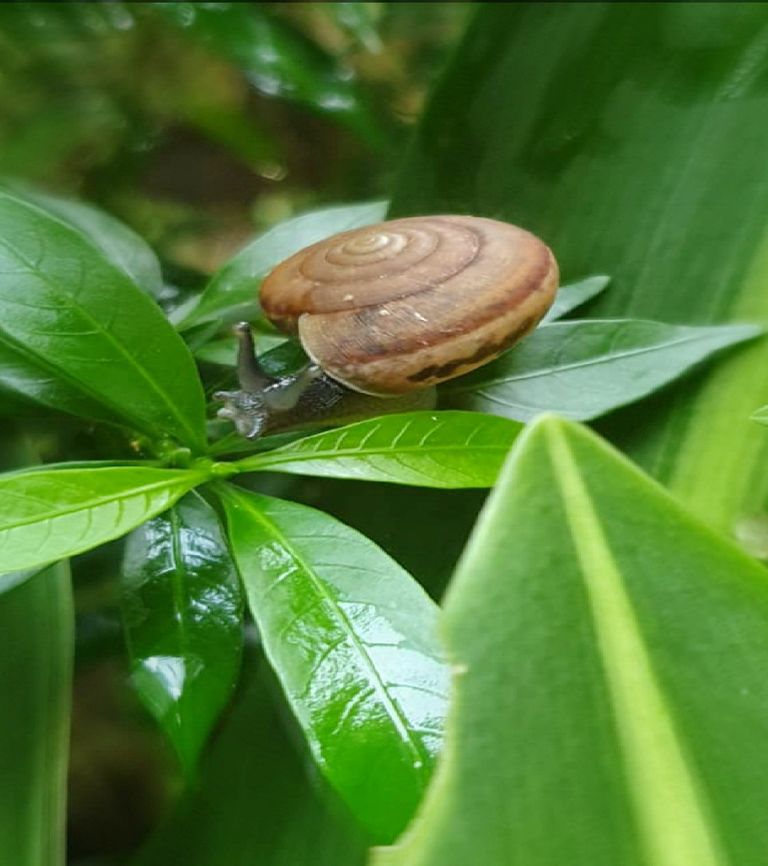
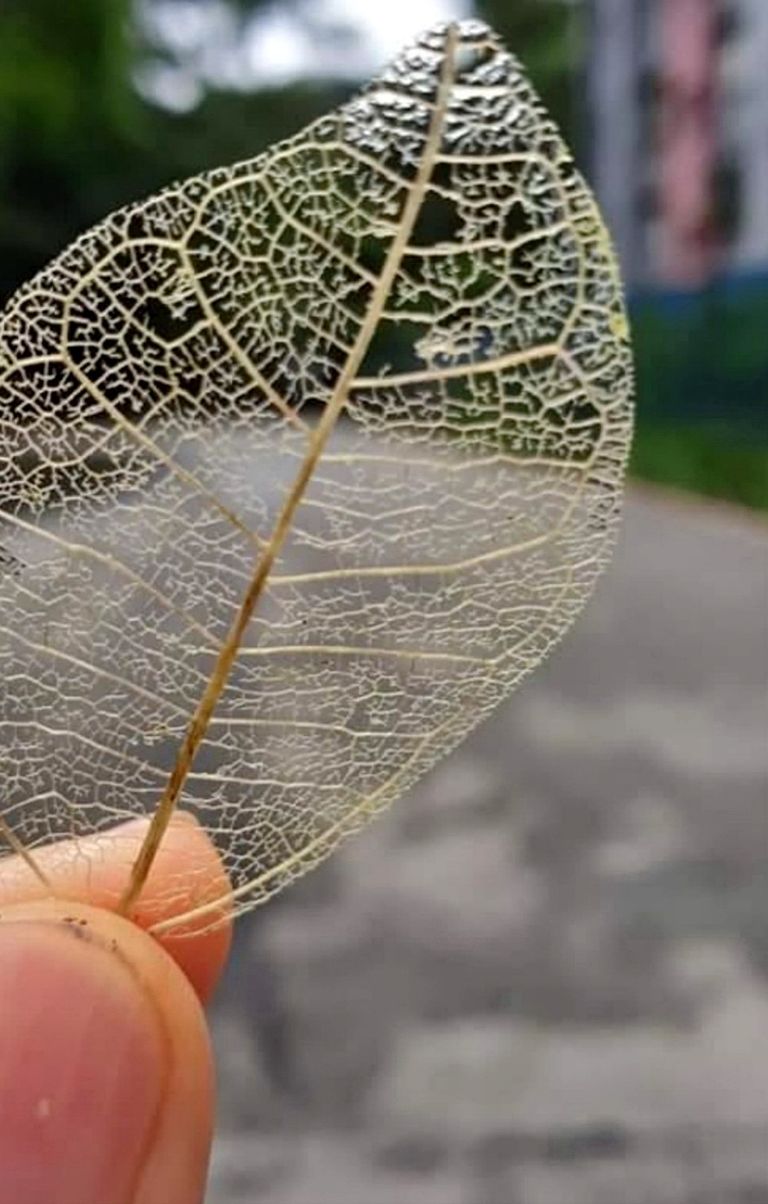
Plants as the Lungs of the Earth
One of the most critical roles of plants is producing oxygen. Through the process of photosynthesis, plants absorb carbon dioxide and release oxygen, making life possible for humans and animals. Forests, especially tropical rainforests, act as the planet’s lungs, filtering the air and helping regulate the global climate. The Amazon Rainforest alone produces about 20% of the world’s oxygen, highlighting the vital role of plant life in sustaining the atmosphere.
Plants also act as natural air purifiers. They absorb pollutants, trap dust, and improve air quality, which is why urban areas with plenty of greenery tend to have a fresher and healthier environment.

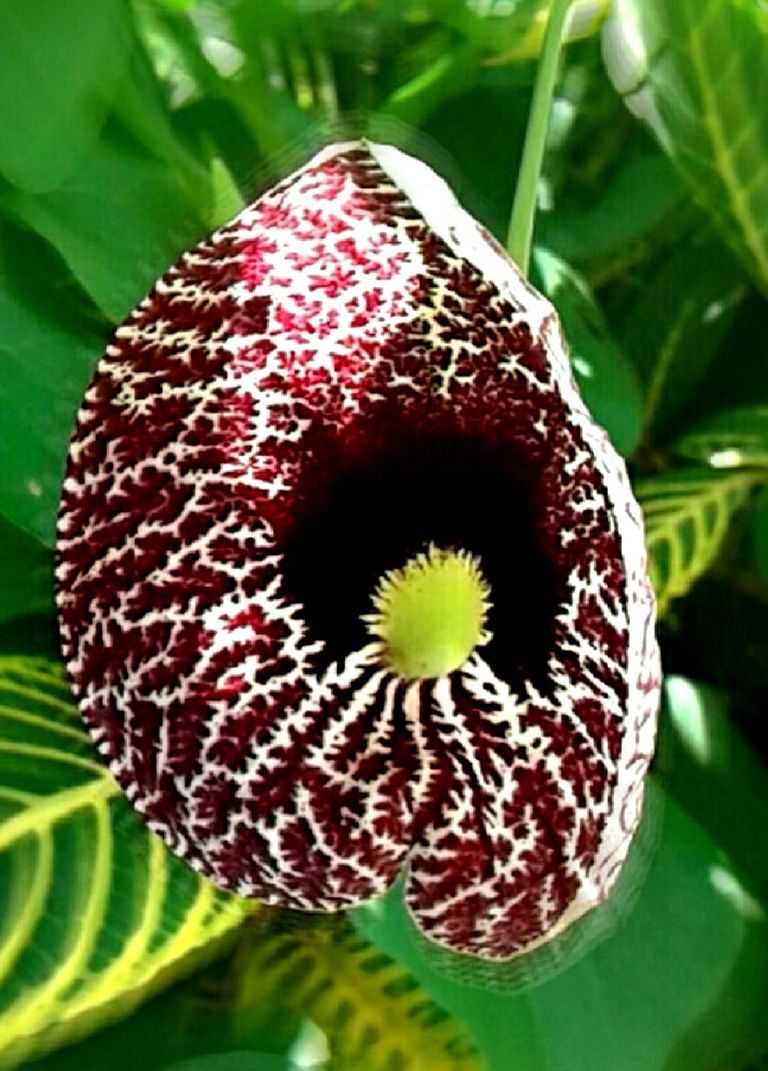
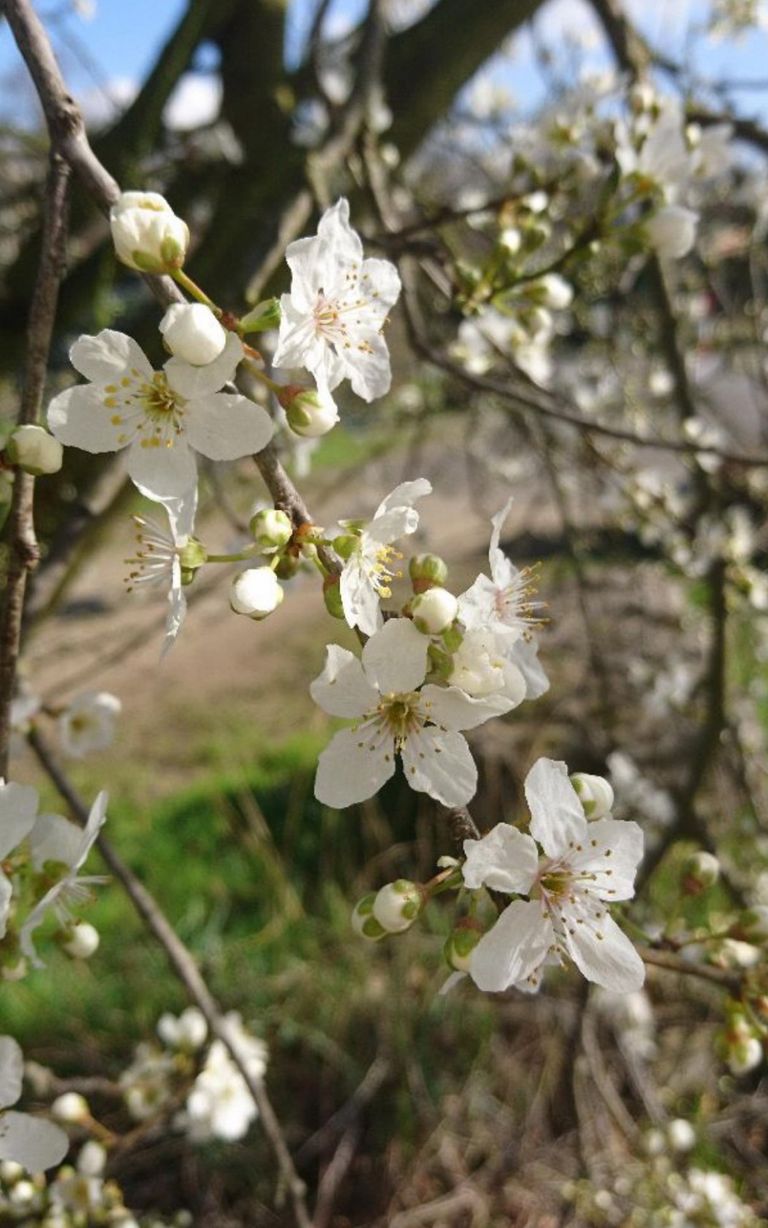

Flowers and Their Role in Biodiversity
Flowers are not just beautiful to look at; they are essential for pollination and biodiversity. Bees, butterflies, birds, and other pollinators rely on flowers for nectar, while plants depend on these creatures to transfer pollen and help them reproduce. Without flowers and pollinators, entire ecosystems would collapse, affecting food production and wildlife survival.
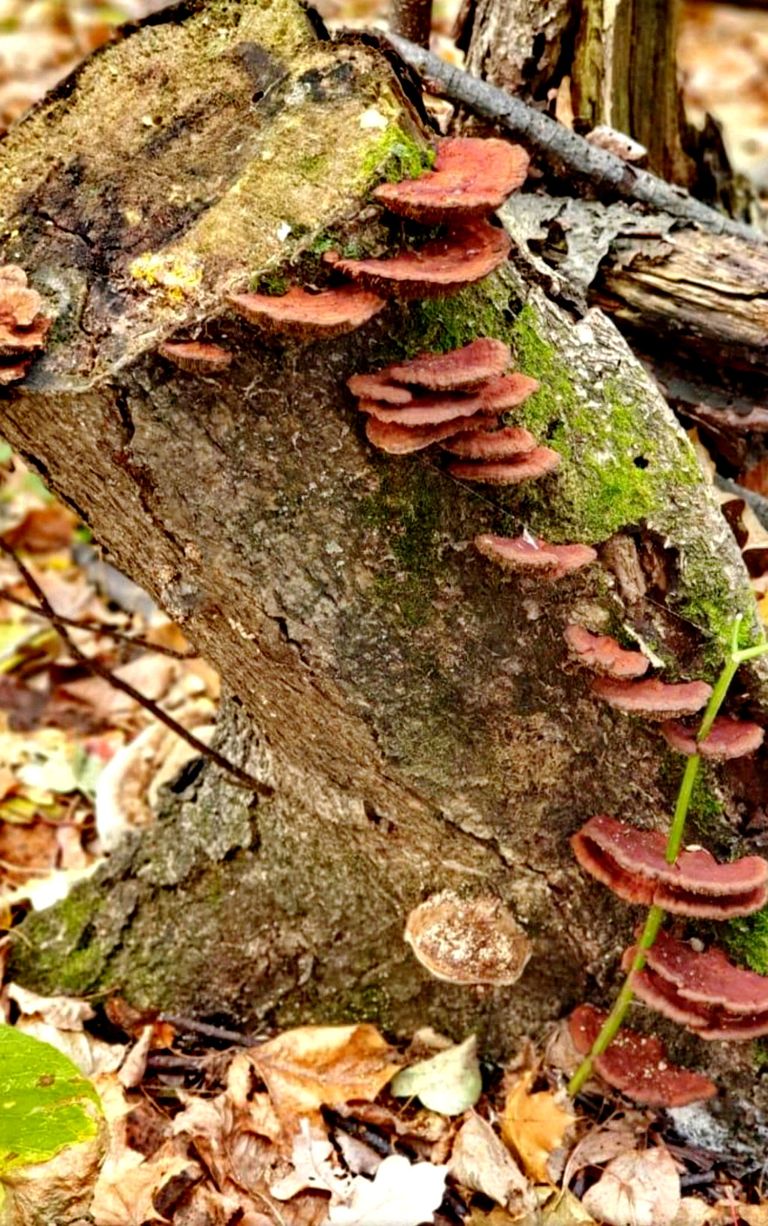
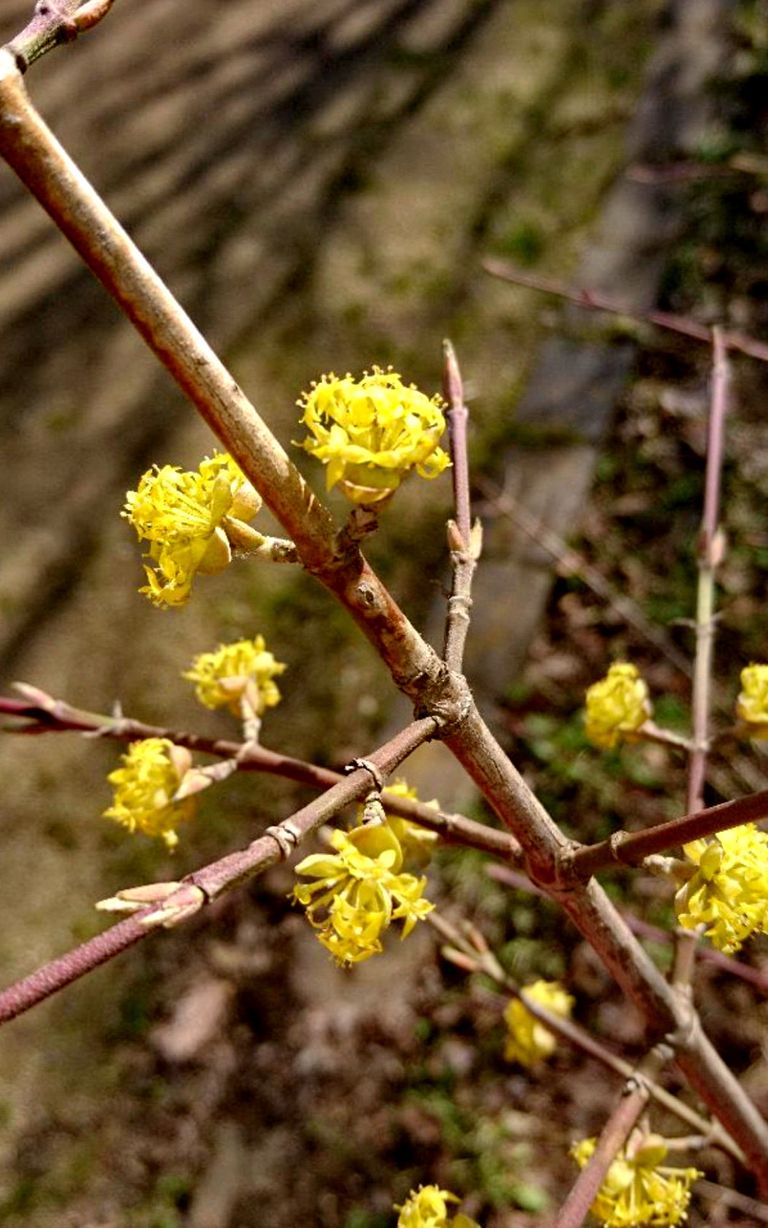
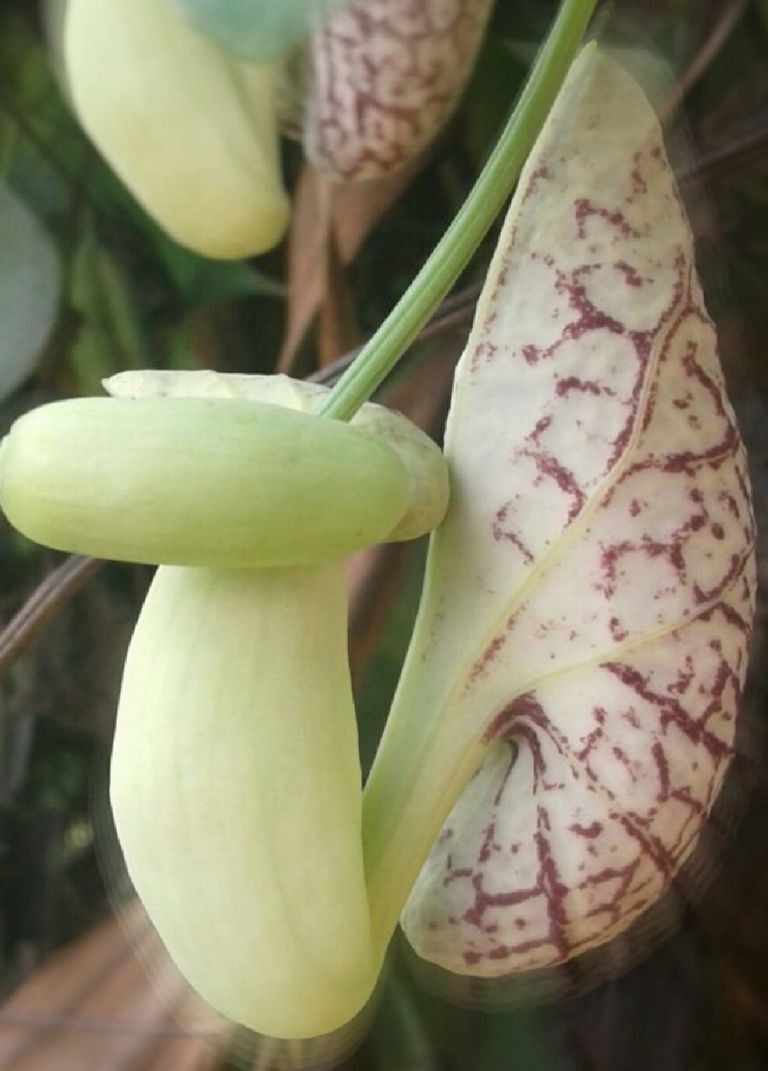
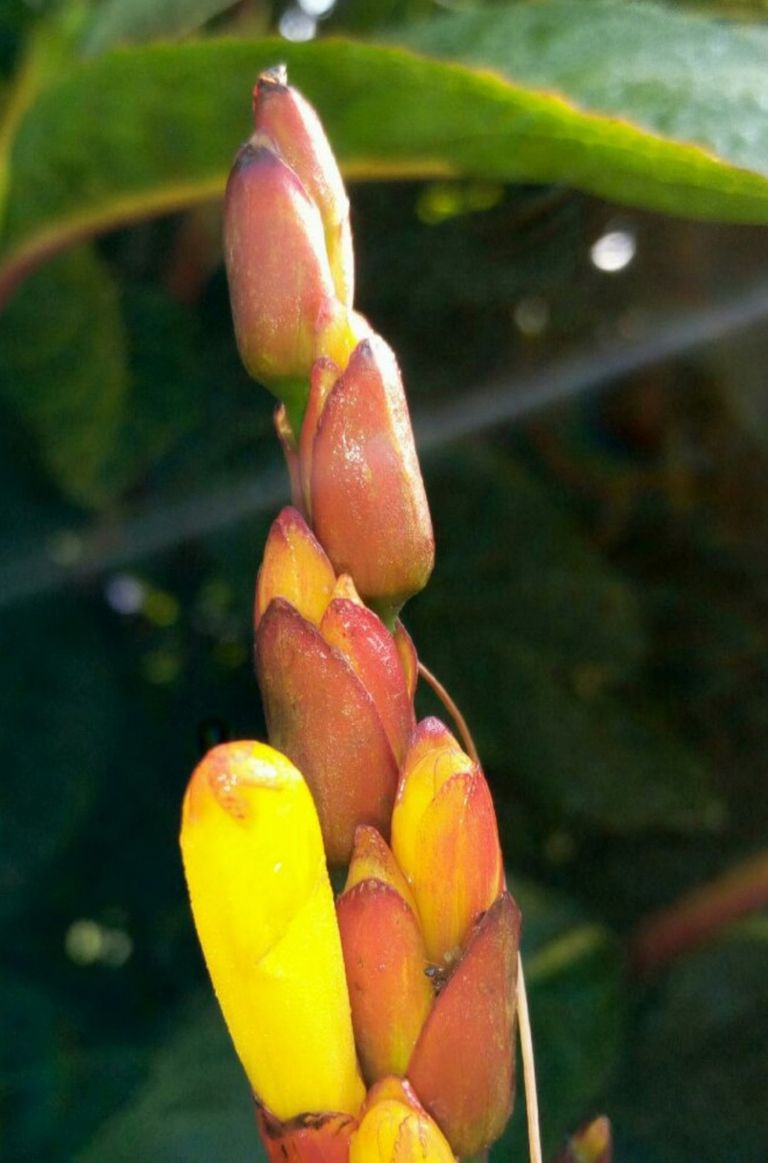
Some flowers, like cherry blossoms, bloom for only a short period, creating spectacular seasonal displays that attract tourists and nature lovers. Others, such as lavender fields, not only provide a visual feast but also produce essential oils with calming and medicinal properties.
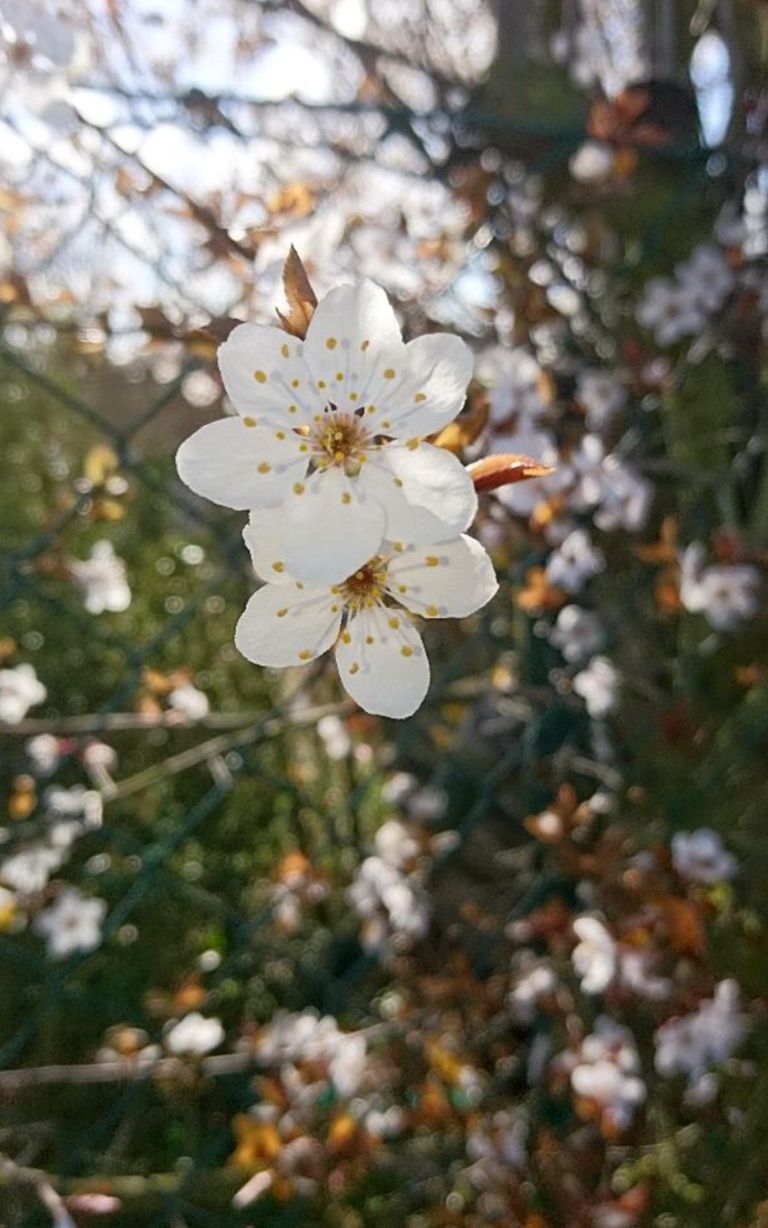
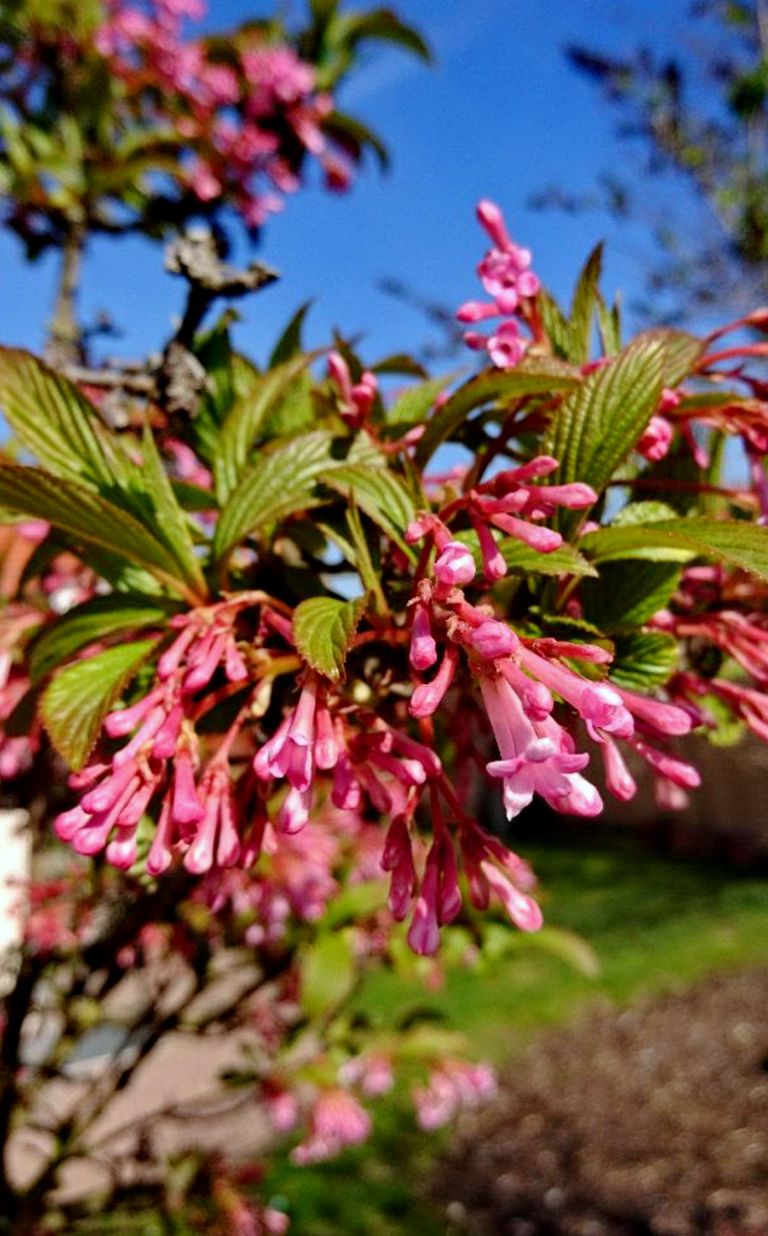
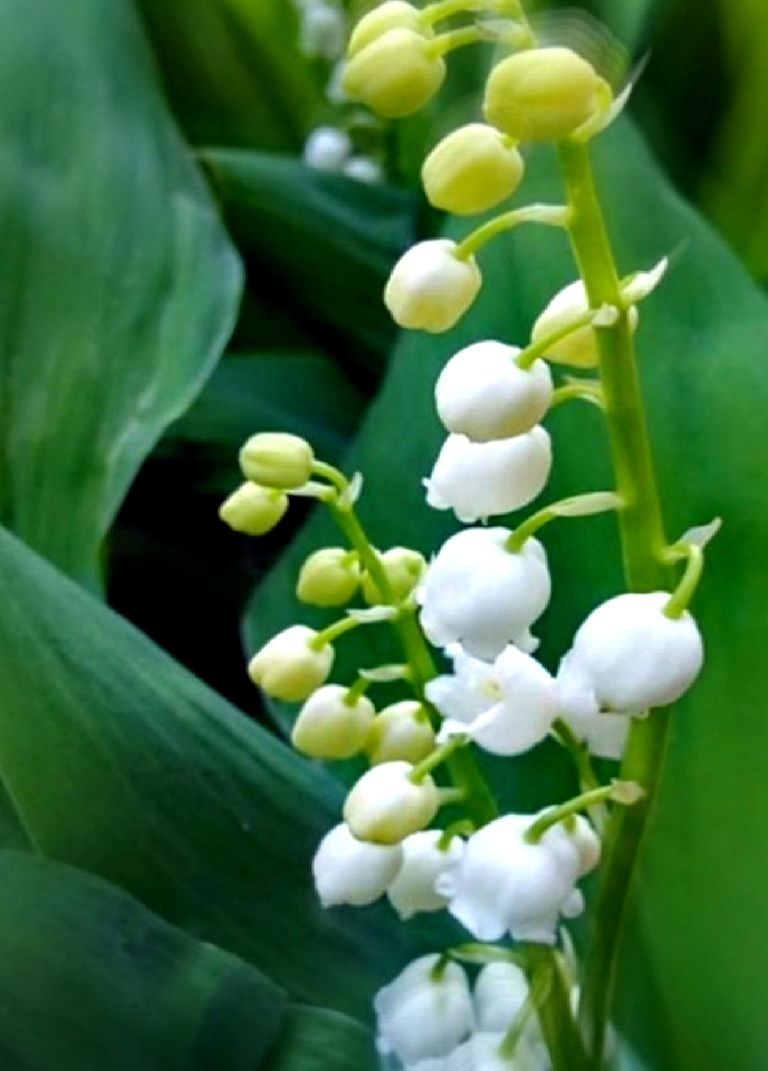
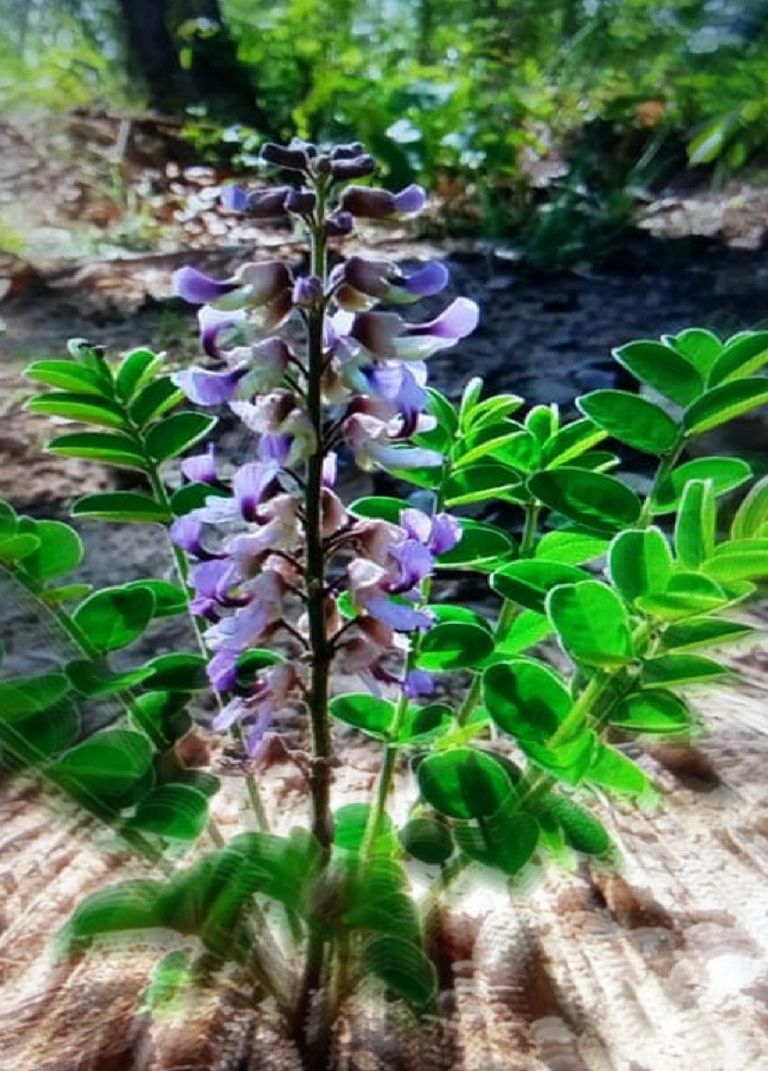
Environmental Benefits of Plants and Flowers
Beyond their role in oxygen production and pollination, plants and flowers offer numerous environmental benefits:
Soil Protection – Plants prevent soil erosion by stabilizing the ground with their roots. Forests and grasslands act as natural barriers against landslides and desertification.
Water Cycle Regulation – Trees and plants help in rainfall distribution by absorbing and releasing water, reducing the risk of floods and droughts.
Carbon Storage – Plants absorb carbon dioxide, reducing the effects of climate change. Forests act as carbon sinks, trapping greenhouse gases and mitigating global warming.
Cooling Effect – Greenery lowers temperatures in urban areas, providing shade and reducing the heat island effect caused by concrete and asphalt.
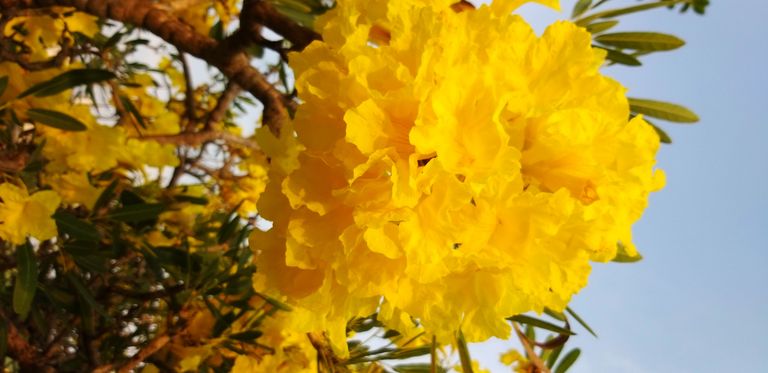
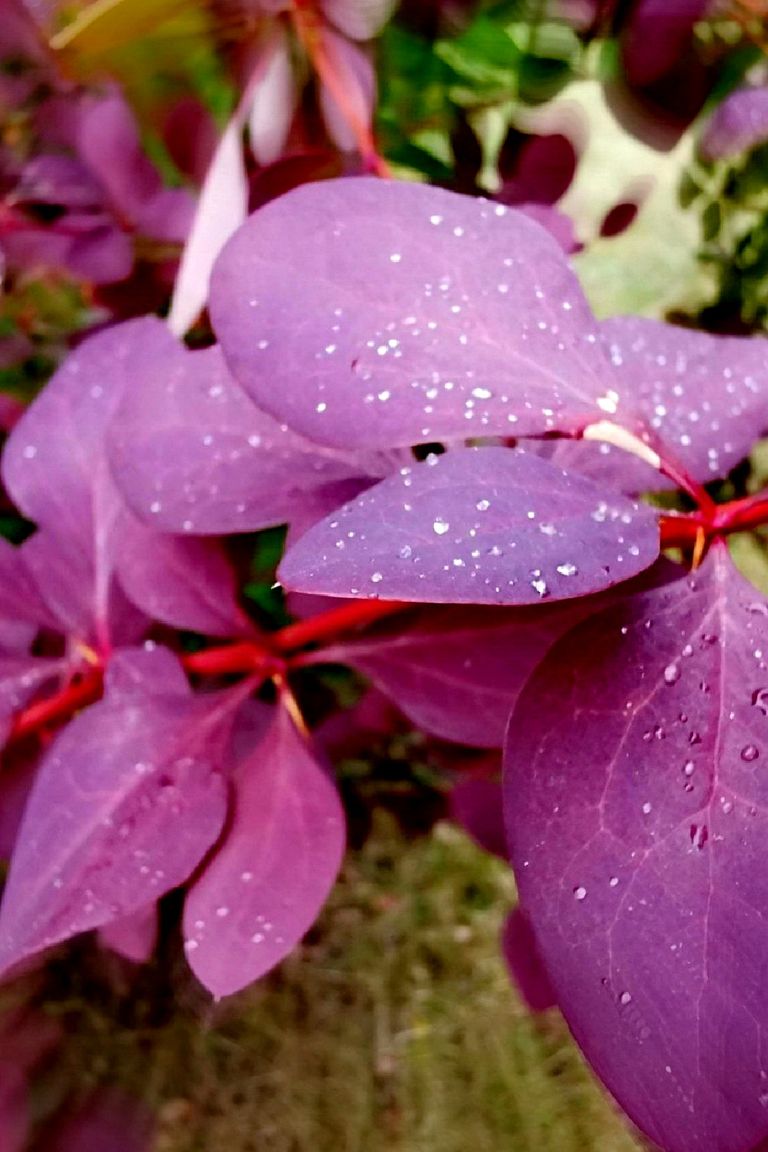
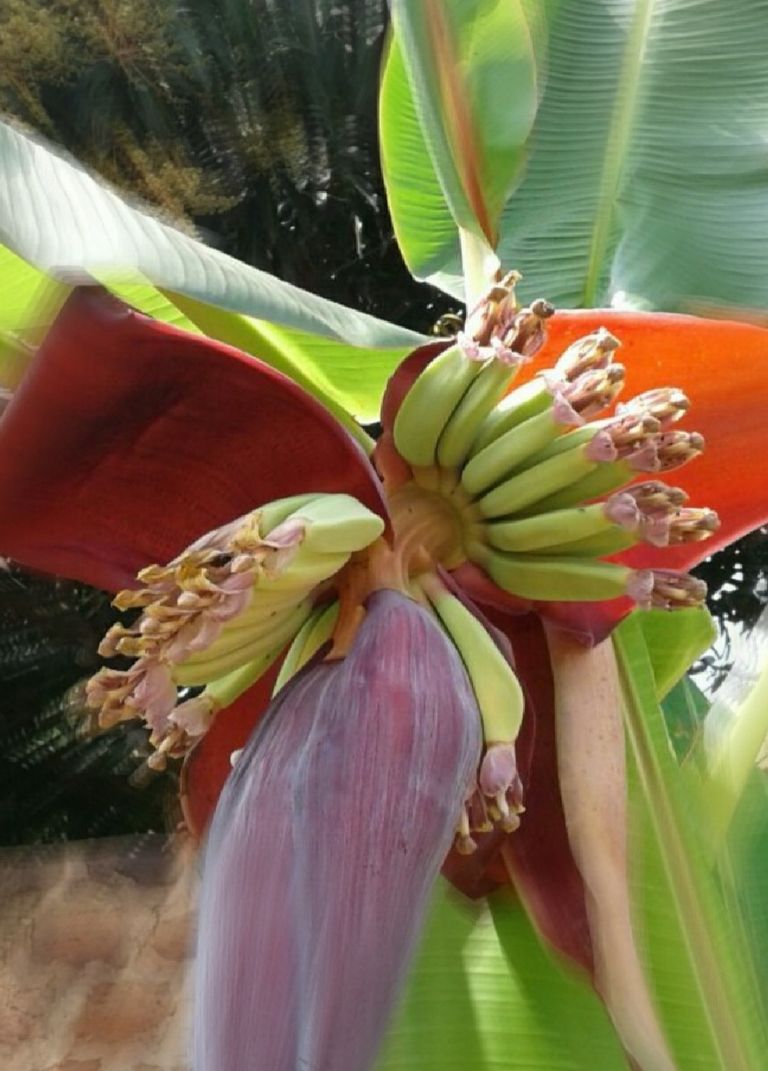
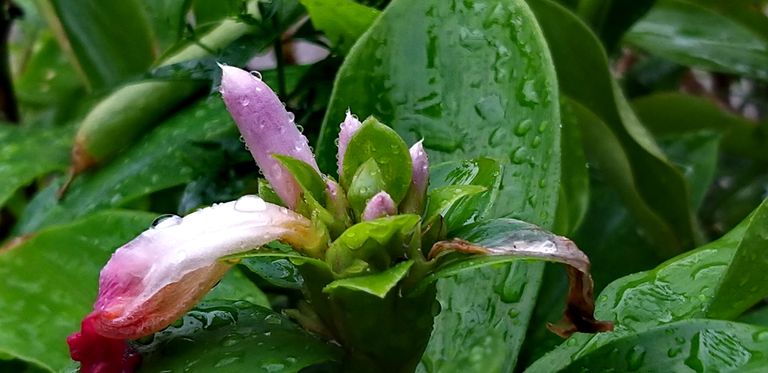
Conclusion: Nature’s Precious Gift
The beauty of plants and flowers extends far beyond their visual appeal. They are essential to life on Earth, providing oxygen, supporting biodiversity, and maintaining the planet’s delicate ecological balance. Whether in gardens, forests, or wild landscapes, plants and flowers remind us of nature’s ability to nourish, heal, and inspire. Protecting and preserving them is not just an environmental necessity—it is a celebration of the extraordinary beauty that surrounds us every day.

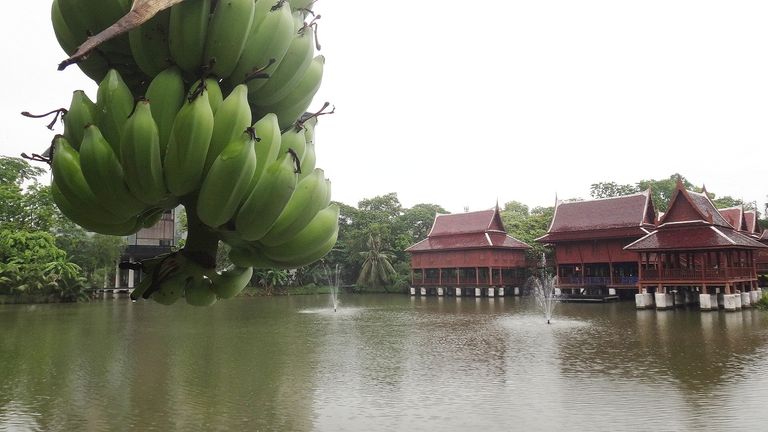
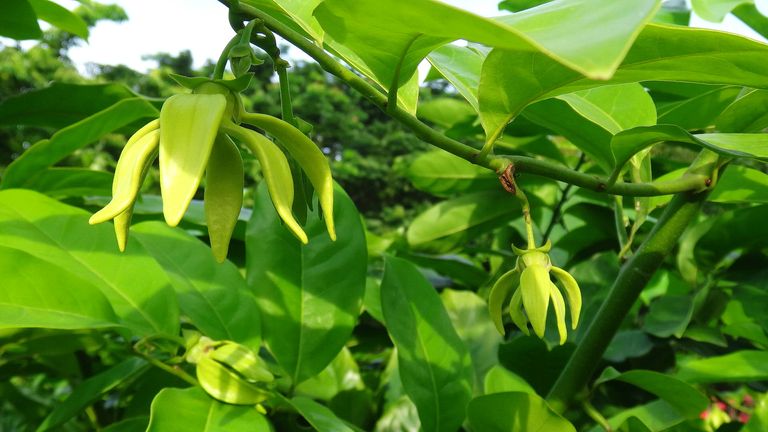

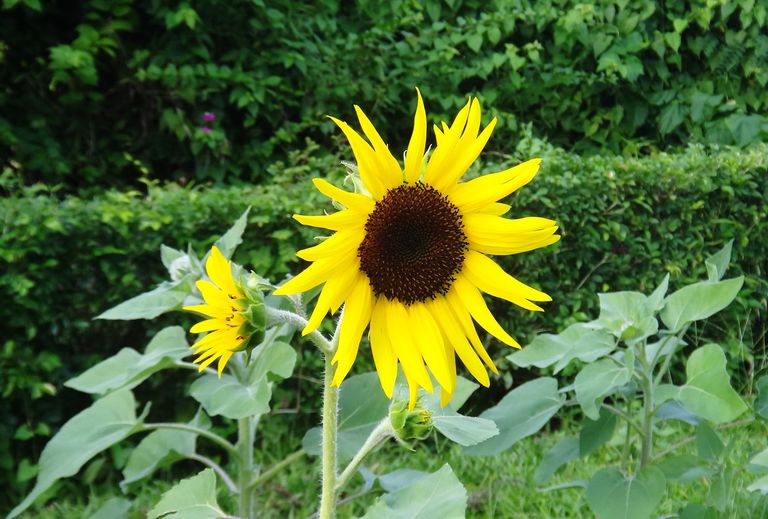
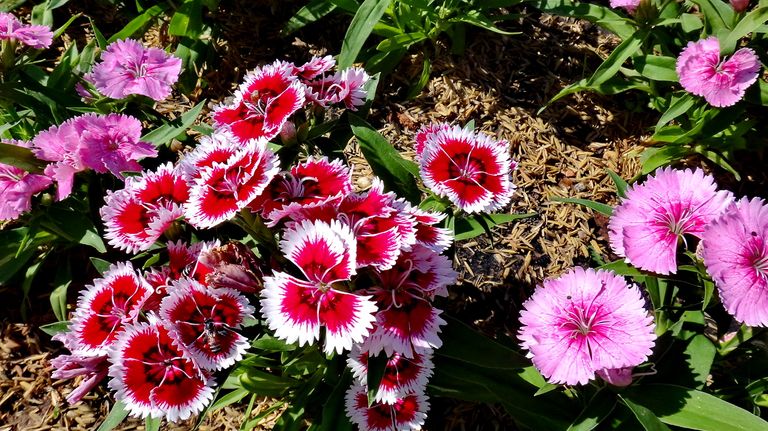
Hello @hangin! 🎉
Congratulations! Your post has caught the attention of the curator @baiboua from the Blurt LifeStyle community and has received our support. 🌟
We appreciate your contribution to the community and look forward to seeing more of your amazing content! Keep sharing your experiences and inspiring others. 🚀✨